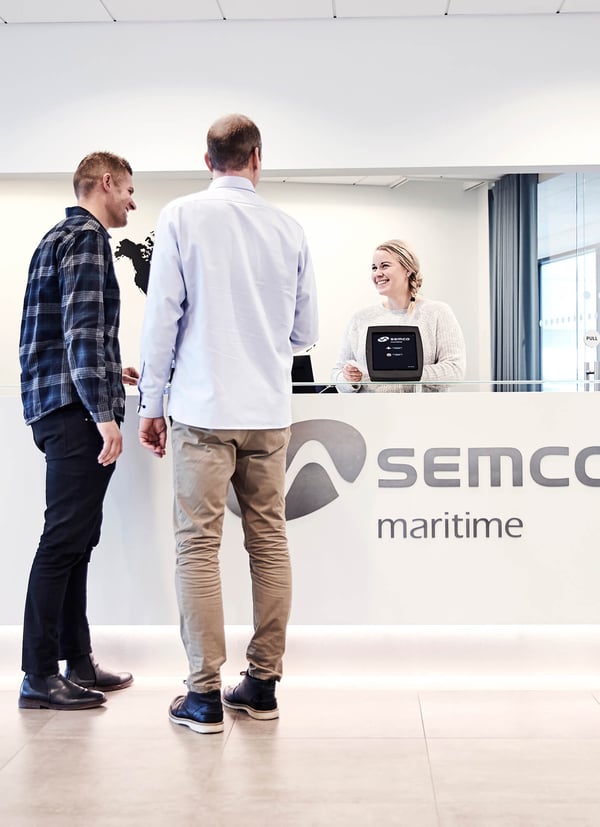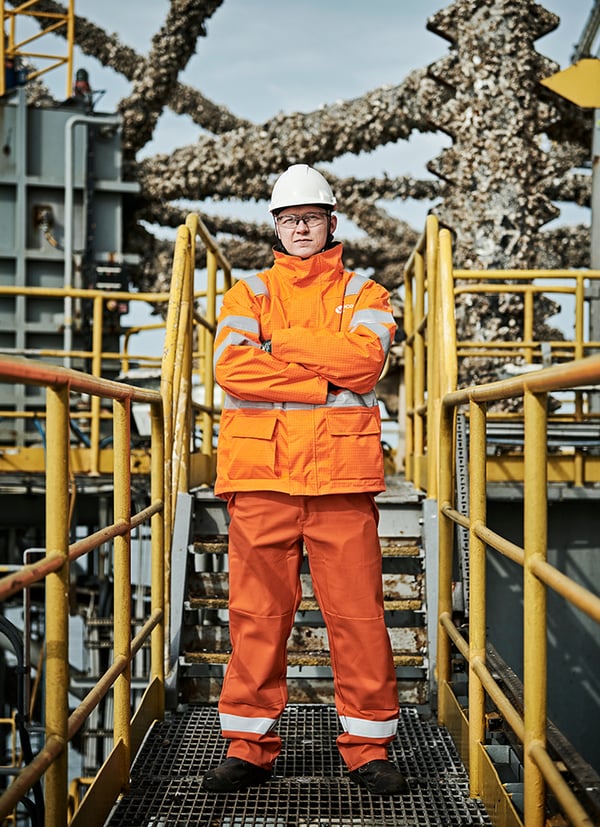One of the main advantages of LTE/5G networks is the data throughput. Top LTE speeds can reach up to 1Gbps whereas 5G speeds, in principle, can reach up to 10 Gbps.
The practically obtained throughput should, however, be expected to be lower as the selection of frequency, bandwidth, and antenna type as well as the distance to base stations have a huge impact on the throughput.
A typical throughput is expected to be 150 Mbps download and 50 Mbps upload per consumer (SIM card). As mentioned above, the carrier frequency is one of the key criteria for a coverage calculation. Standard frequency is in the range of approximately 800 MHz to typically 3.8 GHz. Access to frequency will be based on local standards.
Contact a specialist for advice and support regarding advanced coverage calculations predicting coverage and throughput for a specific case.








